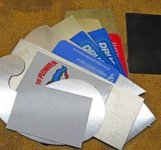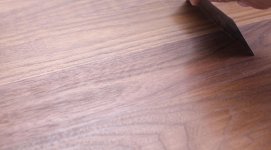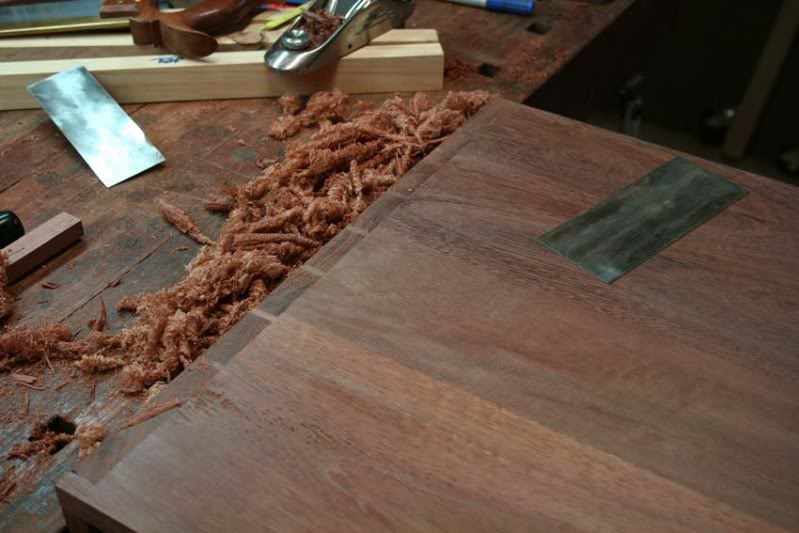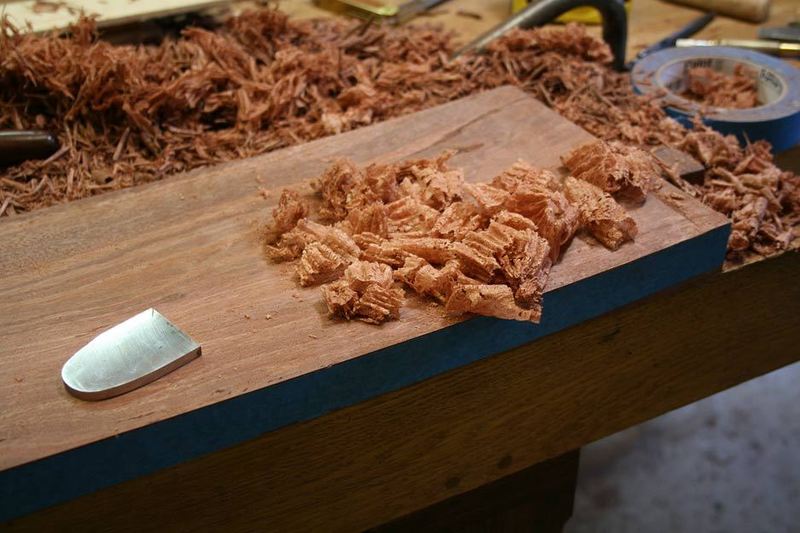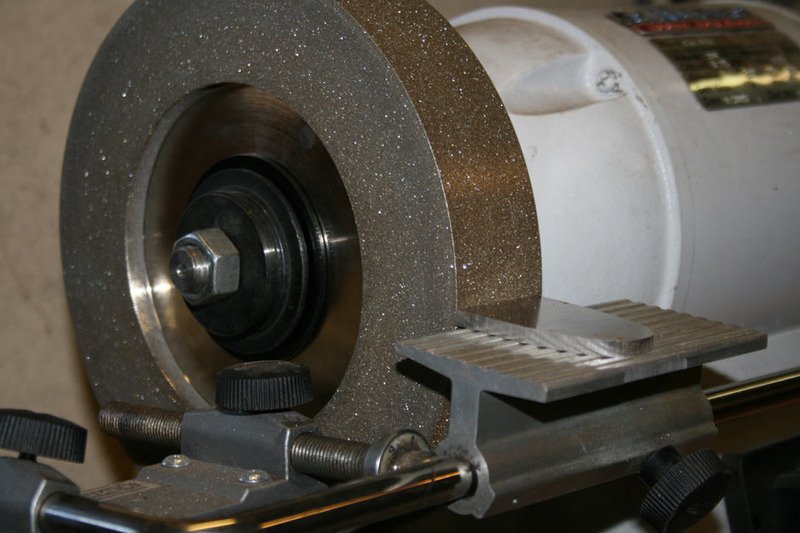ear3
Member
I've started to turn more to scraping tools to finish surfaces when the normal smooth plane can't get the job done. I currently have the large LV scraper, as well as the LV cabinet scraper, but I'm thinking now of getting the LN cabinet maker's scraper (which despite the name has a normal rabbeting bench plane body), as I've found the footprint of the larger LV one sometimes too big for some of the pieces I've been using it on. I'm wondering though about the advantages/disadvantages of the thinner steel blade (which comes standard on the LV scrapers) vs. a normal plane iron (which is what the LN scrapers use). Obviously there is the ability to adjust on the fly the camber on the thinner steel blades, but other than that, what are the reasons to prefer one over the other?

